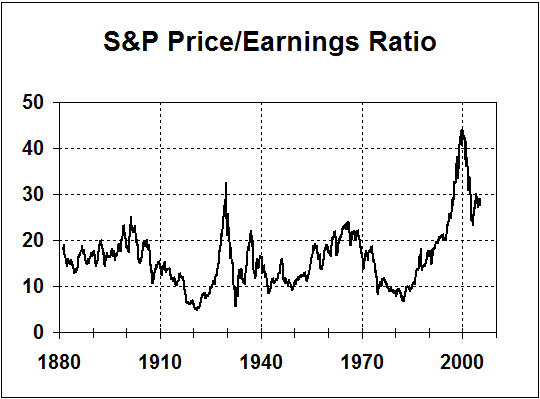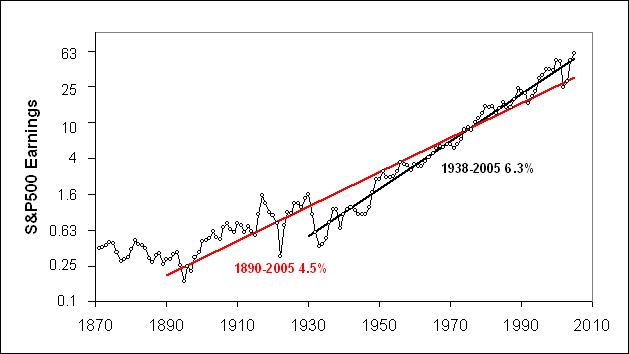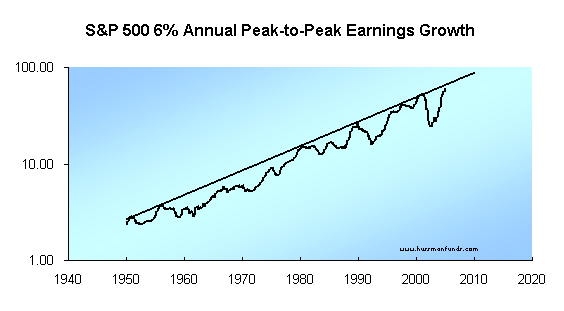Dear Sean,

Originally Posted by
Peter Gibbons
> What I explained above is just basic S&H.
I understand that, and I've read those books too. But when somebody
lists "three things" that define something, that's like waving a red
flag in front of my face, because I assume that you've studied the
situation and reached some insight that allows you to boil down
a large mass of material to three simple statements, which is always
very useful.
I'm referring, of course, to the following:

Originally Posted by
Peter Gibbons
> What makes a 3T-to-4T transition happen? Three things if you're an
> orthodox saecularist.
> One, there is the overall dynamic S&H identified.
> Two, inside of that 3T's are a time when institutional stasis
> becomes more and more dysfunctional at both the domestic and
> international levels creating more and more brush and tinder.
> Three, the generations line up in such a way that a 3T mood is no
> longer sustainable, and most importantly, near/early-elder
> first-wave Prophets add a "last act urgency" to their extant
> impetuosity completely desiccating the aforementioned tinder.
Now, this description contains phrases like "institutional stasis
becomes ... dysfunctional" and "add a 'last act urgency' to their
extant imptuosity," phrases that I don't entirely understand, so I'm
trying to drill down and understand what kinds of insights you've
reached.
Originally Posted by John J. Xenakis






